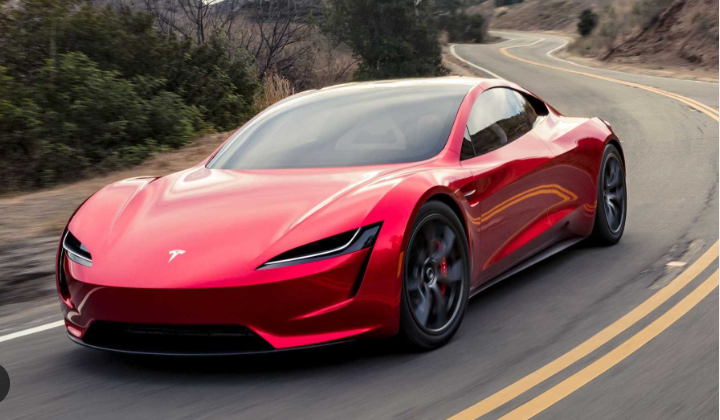Tesla stock experienced a 6% surge after Morgan Stanley projected that Tesla’s Dojo supercomputer could potentially amplify the electric-car manufacturer’s market capitalization by nearly $600 billion. This increase is anticipated to be driven by the supercomputer’s role in accelerating Tesla’s venture into robotaxis and software services.
Thought-Provoking Questions and Insights:
- Supercomputer’s Role in EV Market:
Supercomputer’s Role in EV Market: How the Dojo Supercomputer Might Revolutionize the Industry
The electric vehicle (EV) industry is on the brink of a significant transformation, and supercomputers, particularly Tesla’s Dojo supercomputer, are poised to play a pivotal role in this shift. Here’s how the Dojo supercomputer might revolutionize the EV landscape:
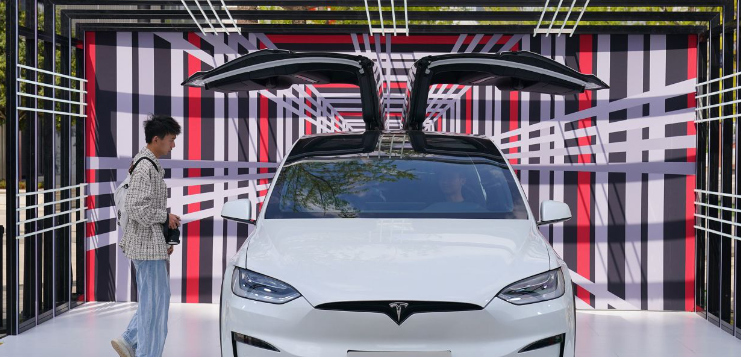
- Enhanced Autonomous Driving Capabilities: The Dojo supercomputer, with its immense processing power, can analyze vast amounts of data from sensors in real-time. This capability can lead to more accurate and efficient autonomous driving algorithms, making self-driving cars safer and more reliable.
- Optimized Battery Performance: Battery efficiency and longevity are critical in EVs. The Dojo supercomputer can process and analyze battery usage patterns, helping in the development of software that optimizes battery life and reduces wear and tear.
- Robotaxis and Ride-Sharing: One of the most anticipated innovations in the EV industry is the introduction of robotaxis – self-driving taxis without human drivers. The Dojo supercomputer can aid in the seamless integration of robotaxis into urban landscapes by processing real-time traffic data, optimizing routes, and ensuring passenger safety.
- Advanced Software Services: Beyond driving, EVs are becoming hubs of entertainment, connectivity, and productivity. The Dojo supercomputer can support the development of advanced in-car software applications, enhancing the user experience and offering services that were previously unimaginable in traditional vehicles.
- Predictive Maintenance: With the ability to process vast amounts of vehicle diagnostic data, the Dojo supercomputer can predict when parts of an EV might fail or require maintenance. This predictive analysis can lead to reduced downtime for vehicles and lower maintenance costs for owners.
The Dojo supercomputer is not just a technological marvel; it’s a catalyst for change in the EV industry. By enhancing autonomous driving, optimizing battery performance, pioneering the robotaxi movement, and offering advanced software services, Dojo is set to redefine the future of transportation. As the EV market continues to grow, the influence of supercomputers like Dojo will undoubtedly become more pronounced, driving innovation and setting new standards for the automotive world.
2: Tesla stock Market Predictions view:
The Ripple Effect of Tesla’s Projected Market Value Increase on Other Sectors
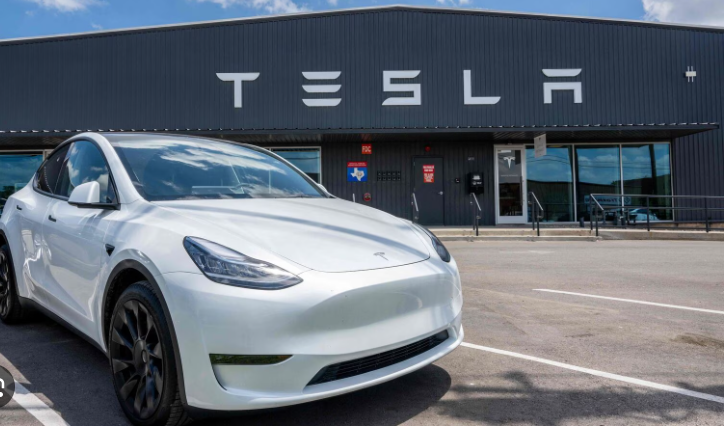
The projected surge in Tesla’s market value is not just a testament to the company’s innovation but also an indicator of the potential ripple effects across various sectors and industries. Here’s a look at how this significant market prediction might influence or disrupt other domains:
Traditional Automotive Industry: As Tesla’s value soars, traditional automakers might feel the pressure to accelerate their transition to electric and autonomous vehicles. Companies that have been slow to adapt may face declining market shares, pushing them to innovate or collaborate with tech firms.
Energy and Infrastructure: The rise in EV popularity, spearheaded by Tesla, demands a robust charging infrastructure. This growth can lead to increased investments in renewable energy sources, battery storage solutions, and smart grid technologies, disrupting the conventional energy market. [CNN.com]
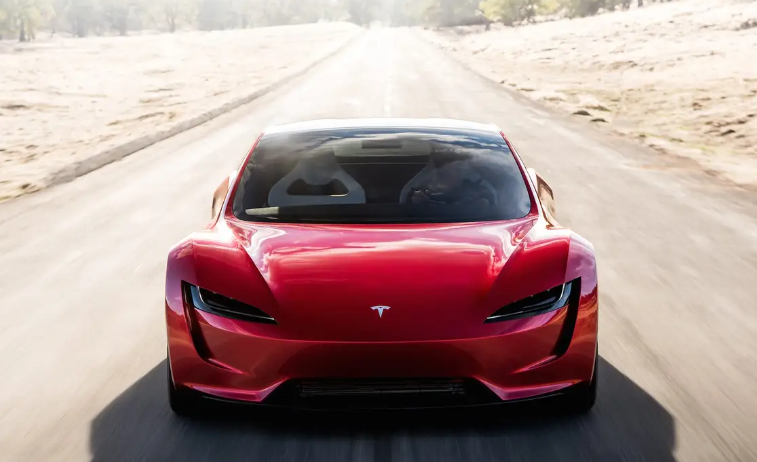
Supply Chain and Raw Materials: The demand for batteries will surge, influencing the mining industries for lithium, cobalt, and nickel. This shift can lead to geopolitical changes in regions rich in these minerals and may also spur research into sustainable and alternative battery technologies.
Technology and Software: Tesla’s emphasis on software, AI, and autonomous driving will push the tech industry to develop advanced solutions for vehicles. This movement can lead to collaborations between tech giants and automakers, reshaping the landscape of in-car entertainment, navigation, and connectivity.
Real Estate and Urban Planning: With the rise of robotaxis and autonomous vehicles, the need for parking spaces in urban areas might decrease. This change can influence urban planning, leading to the repurposing of parking lots and garages into green spaces or commercial areas.
Insurance Industry: The safety features and autonomous capabilities of Tesla vehicles can influence insurance premiums. As accident rates potentially decrease due to advanced vehicle technologies, the insurance industry might need to reevaluate their models and offerings.
Public Transportation: The introduction of affordable and efficient robotaxis can challenge traditional public transportation systems. Cities might need to rethink their transit strategies, potentially integrating autonomous vehicles into their public transport networks.
In essence, the market predictions surrounding Tesla’s growth are not confined to the company alone. The ripple effects are poised to touch various corners of the global economy, pushing industries to evolve, adapt, and reimagine their futures in a world where electric and autonomous vehicles become the norm.3
3: Future of Transportation: Tesla’s Robotaxis and the Transformation of Urban Mobility
The transportation sector stands on the cusp of a monumental shift, with Tesla’s foray into robotaxis heralding a new era for urban mobility and the automotive industry at large. Here’s how this venture might reshape the future of transportation:

- Reduced Traffic Congestion: Robotaxis, operating with advanced algorithms, can optimize routes in real-time, reducing unnecessary congestion. Their ability to communicate with other vehicles and infrastructure can lead to smoother traffic flow, especially during peak hours.
- Eco-Friendly Urban Environments: With Tesla’s electric-powered robotaxis, cities can expect a significant reduction in carbon emissions. This shift can contribute to cleaner air, promoting healthier urban living conditions and aiding global sustainability efforts.
- Cost-Efficient Transportation: Robotaxis can potentially offer a more affordable transportation solution compared to owning a personal vehicle. With no driver costs and efficient electric operations, commuters might find robotaxis a cost-effective alternative to traditional taxis or even public transport.
- Safety Enhancements: Tesla’s emphasis on autonomous technology aims to reduce human error, which is a leading cause of road accidents. Robotaxis, equipped with advanced sensors and AI-driven decision-making, can set new safety benchmarks for urban transportation.
- Revolutionizing Public Transit: Cities might integrate robotaxis into their public transportation systems, offering last-mile connectivity solutions. This integration can make public transit more accessible and efficient, encouraging more people to opt for shared mobility.
- Changes in Urban Infrastructure: The widespread adoption of robotaxis can lead to a reduced need for parking spaces. Urban planners might repurpose these areas for recreational or commercial use, transforming the very fabric of city landscapes.
- Impact on Traditional Automotive Industry: As robotaxis gain popularity, there might be a decline in personal vehicle ownership, especially in densely populated urban areas. Traditional automakers may need to pivot their strategies, focusing more on fleet sales to robotaxi operators or diversifying into other mobility solutions.
- Job Market Evolution: While robotaxis can lead to job reductions in the traditional taxi sector, they can also create new opportunities in vehicle maintenance, software development, and urban transportation planning.
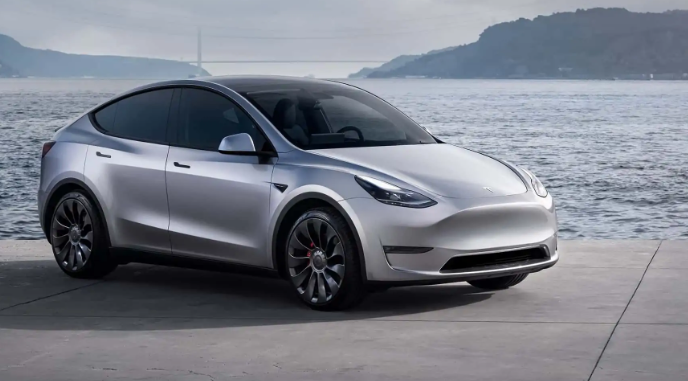
In conclusion, Tesla’s deep dive into the realm of robotaxis is not just an advancement in automotive technology; it’s a vision of a transformed urban future. As cities grow and evolve, the role of robotaxis in shaping the future of transportation becomes increasingly pivotal, promising a safer, cleaner, and more efficient urban mobility landscape.

